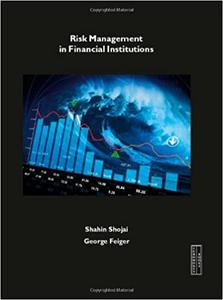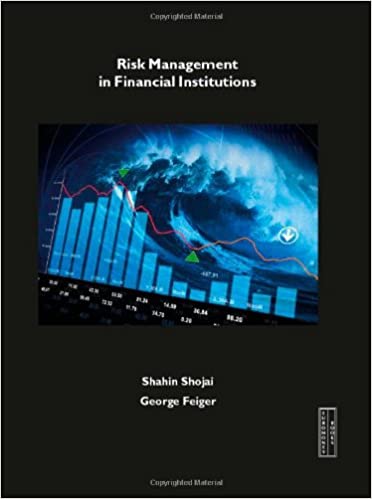Shahin Shojai, "Risk Management in Financial Institutions"
English | 2013 | ISBN: 1781371687 | PDF | pages: 341 | 3.2 mb
English | 2013 | ISBN: 1781371687 | PDF | pages: 341 | 3.2 mb
This is one of the very few books that focuses on the qualitative risk management methodologies of both banks and insurance companies in one place. It also benefits from the truly world-class contributors who are internationally recognized for their expertise in this area. Who should read this book? Risk managers within banks and insurance companies, students of risk management, and those interested in the risks of financial institutions. The book is actually practical in the sense that if focuses on what can be done and explains what is not yet possible. So, regulators and politicians and journalists who monitor regulators should have a keen interest as well. Why should you buy this book? This is one of the very few books that focusses on the qualitative risk management methodologies of both banks and insurance companies in one place. It also benefits from the truly world-class contributors who are internationally recognized for their expertise in this area. Because it focuses on qualitative risk management, it generates ideas and questions that can be posed to financial institutions. One of the ploys that these institutions use to fend off oversight and criticism is to try to deflect discussion to the technical minutiae of quantitative models, knowing that their questioners have no ability to see through the models. What are the key benefits of the book? The reader will get a deep understanding of most of the major risks facing banks and insurance companies. He will also understand the limitations of current risk management capabilities. This enables the reader to make judgments on how well and how honestly financial institutions are reporting their risk and mitigation activities. It is probably the only book that encapsulates all of these major risks in one place, combining issues for banks and insurers, and has world-renowned experts covering them. It is not inundated with formulas and models. Indeed, its primary focus is to deal with issues that cannot be handled by such models. Therefore, it is of practical use. What are the key features of the book? The main features of the book are the breadth of topics it covers, from operational and enterprise risk management, to reputational risk, and regulatory challenges. Each chapter is a practical guide to its topic. What are the special characteristics of the book that make it better than the competition? It had a group of truly world-class contributors, it covers most of the major risks facing financial institutions, and it covers both banking and insurance; allowing executives from both type of organization to learn from their peers.



